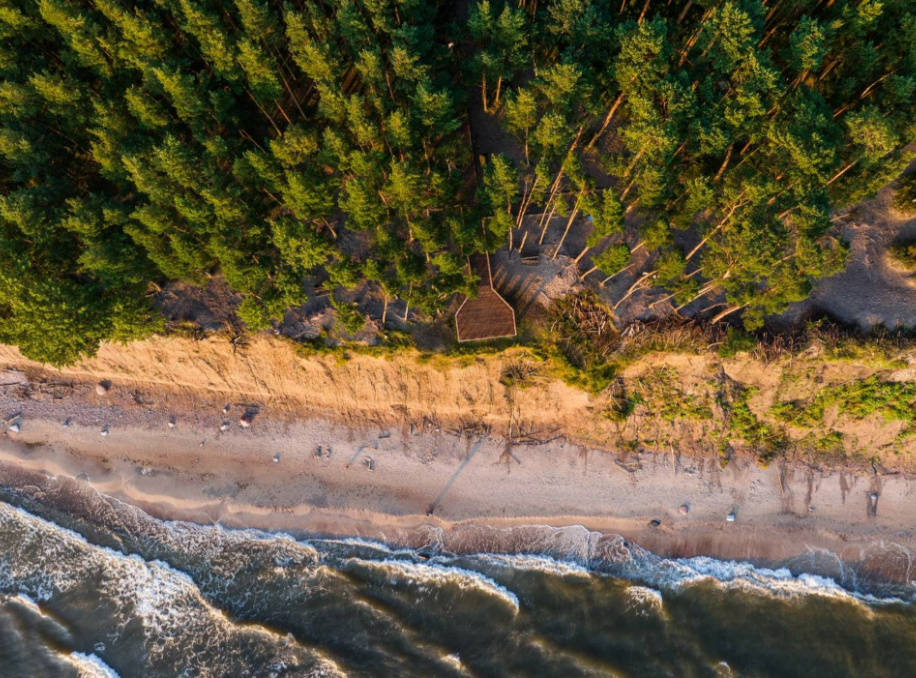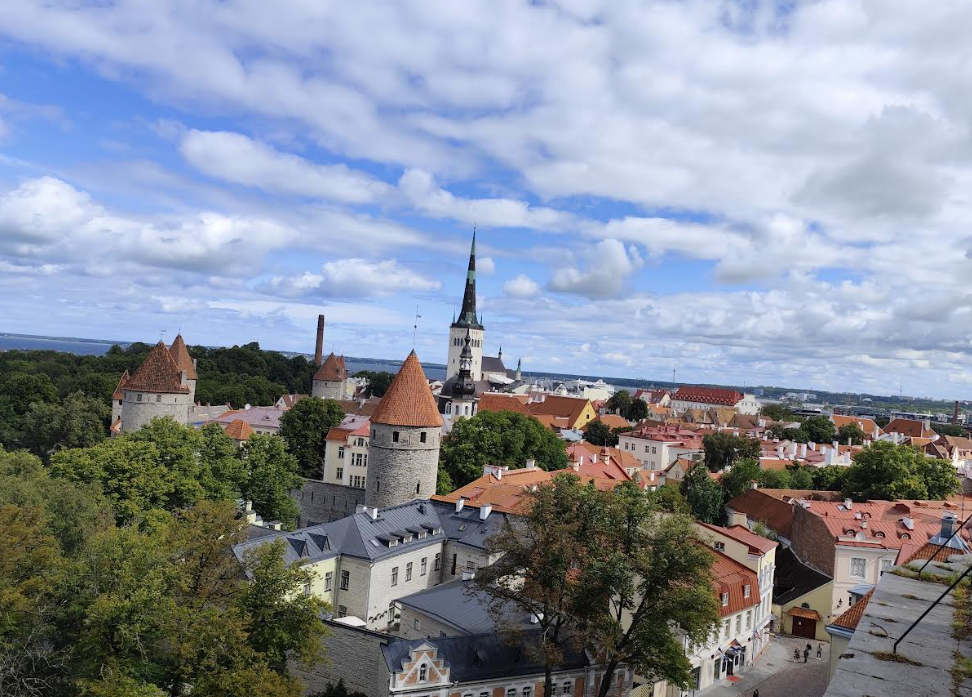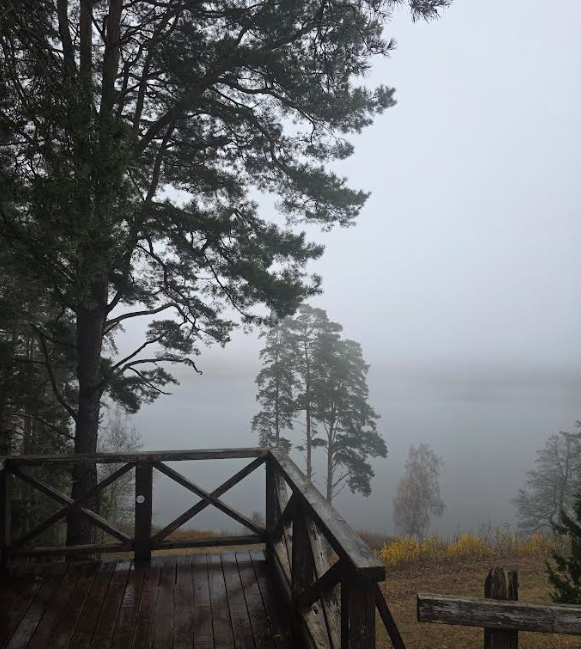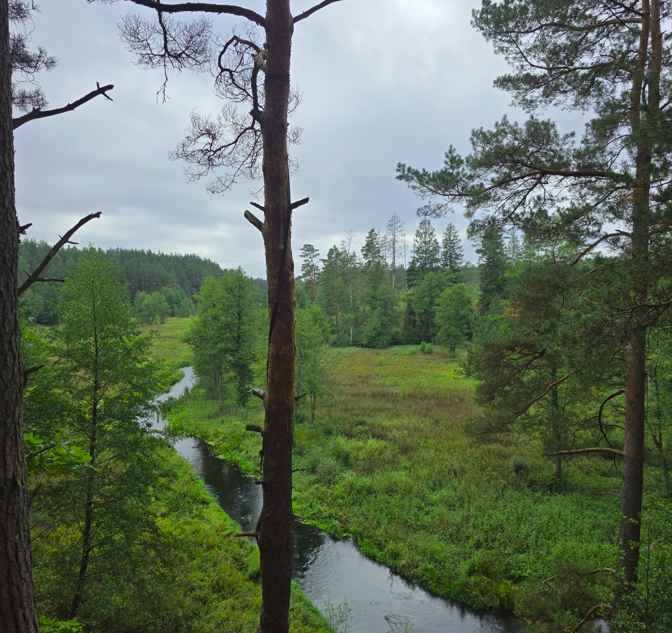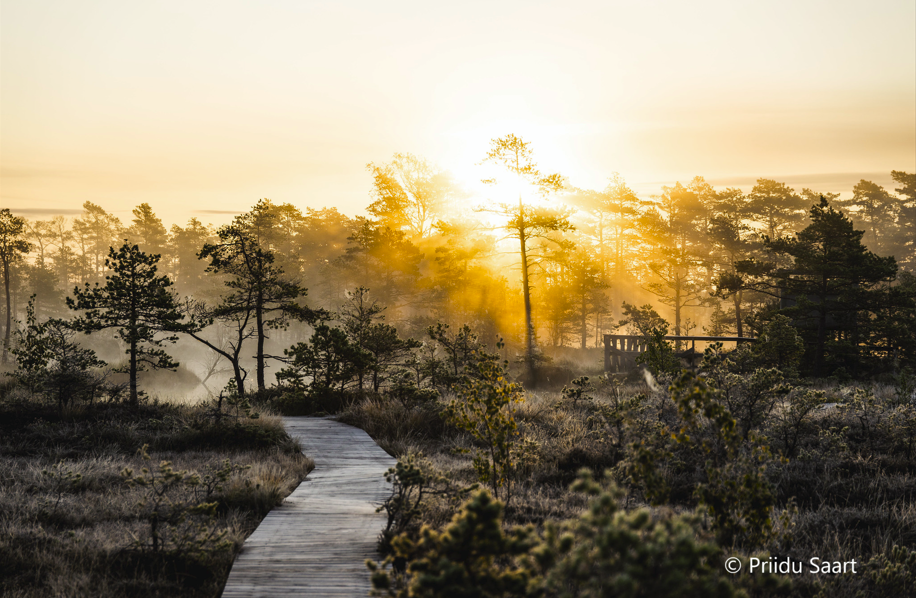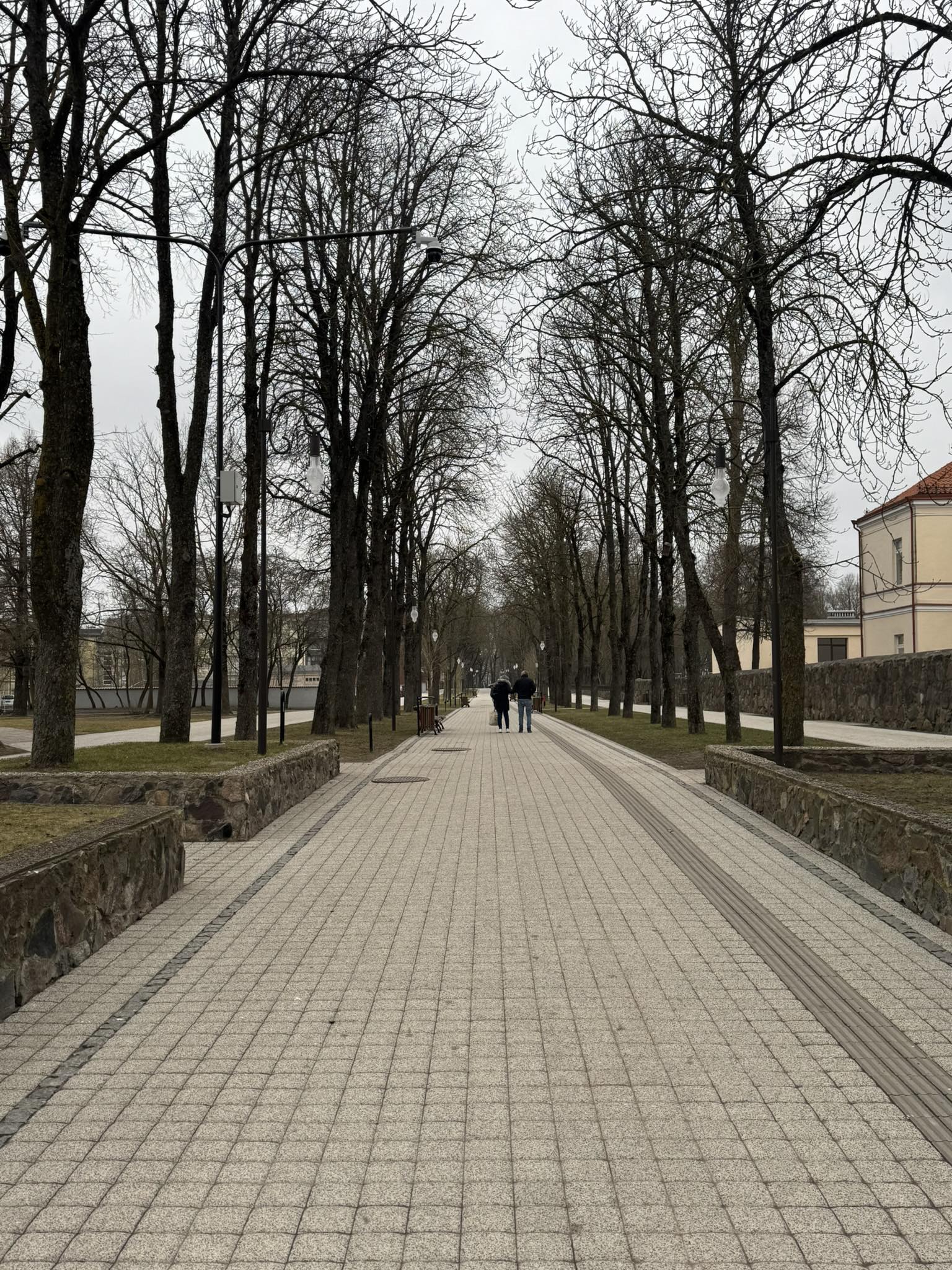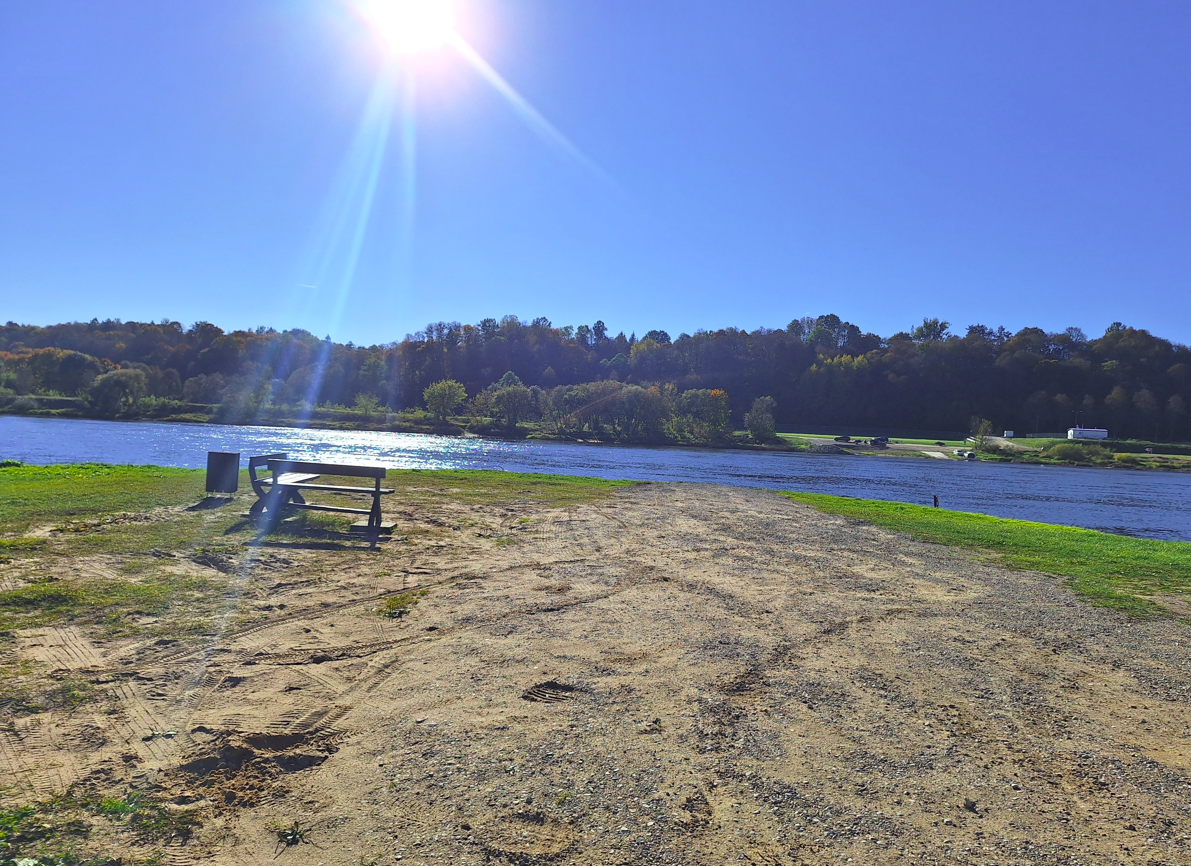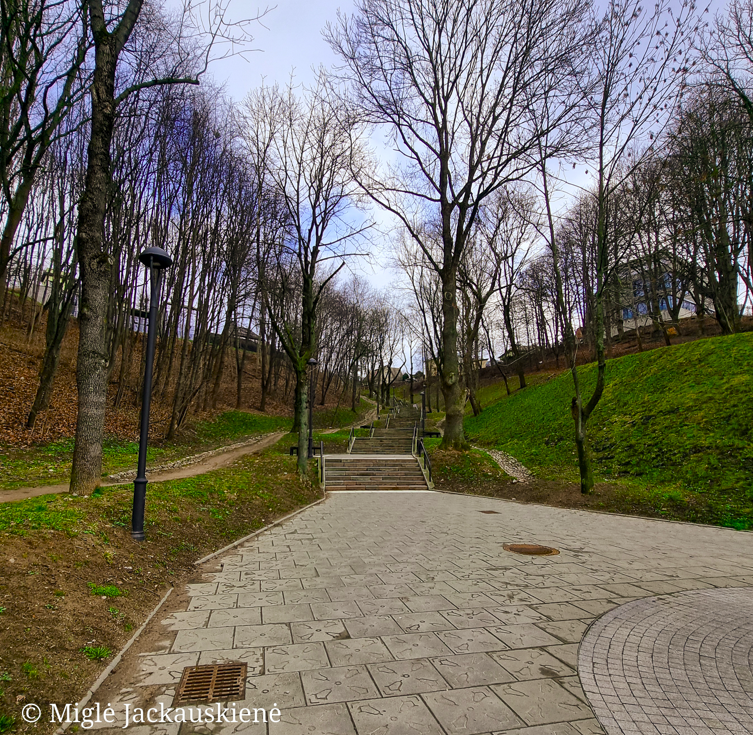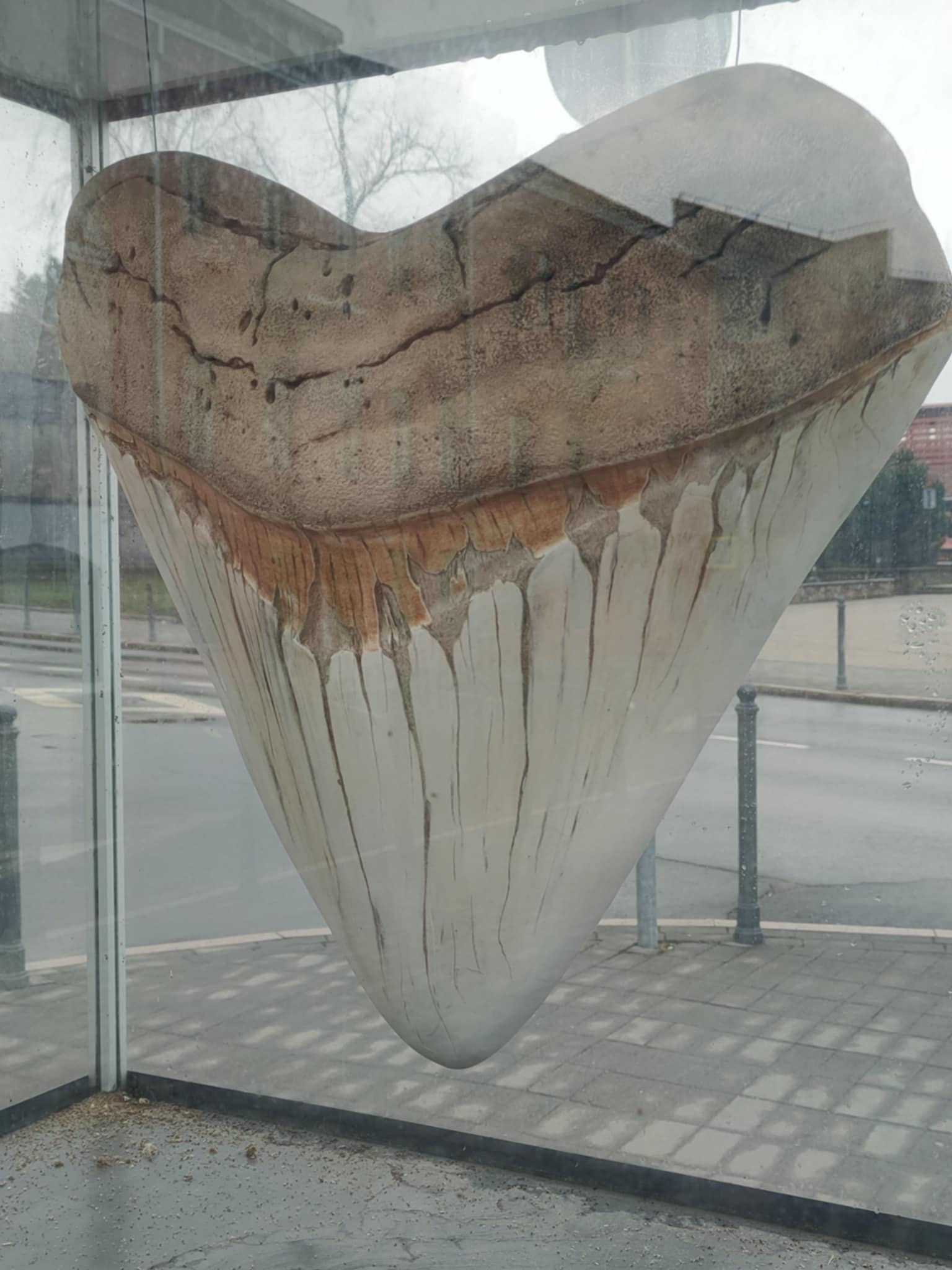Sculpture for the Legend of Ignalina's Founding

982

5

2
5 out of 5
(4 reviews)
The sculpture on the shore of Lake Paplovinis tells the love story of Ignas and Lina, from which the city's name originated.
The sculpture was erected on June 16, 1993, on the shore of Lake Paplovinis. The author is Gintaras Černius.
The 5-meter-tall oak sculpture consists of two interconnected parts, with metal suns on top. On the other side of the sculpture, a short text of the Ignalina legend (the story of Ignas and Lina) is carved.
Info
-

Sculptures
-
Ignalina
-
According to the legend about the origin of the name Ignalina, where Lake Ilgis now lies, there once stood the castle of Duke Budrys. He had nine sons and a beautiful daughter named Lina. When the Crusaders attacked this land, Budrys went to war with his sons and did not return. Lina remained the ruler of the land and the castle. Fate led her to fall in love with one of the captured Crusaders, Ignas. People condemned Lina for her love for a Crusader and cursed them on their wedding day. Thunder took pity on the lovers and allowed them to live at the bottom of the lake. Centuries passed, but people could still hear Lina's lament. They understood that Lina and Ignas's love was still alive. And when a small town appeared among the beautiful lakes and hills, people named it Ignalina to remember forever the extraordinary love of Ignas and Lina. On the slope of Lake Ilgis, a spring flows
winter and summer. Its water is as clear as a tear. People call this spring Lina's Tears.
In honor of Ignalina's 150th anniversary, the sculpture was renewed, or more precisely, recreated and erected in place of the former one, which had been mercilessly damaged by time and weather. As is known, a true artist cannot create completely identical works. Thus, the oak sculpture depicting Lina and Ignas, Thunder’s lightning, and the buildings of Ignalina rising above them with beautiful, sunlit turrets was reborn similar yet somewhat different. The residents of Ignalina and visitors now admire the artist's work, which is very dear, unique, and meaningful to him and his family.
In 2020, during the "Singing Legends of Ignalina" project, audio recordings of legends, tales, and sagas were prepared. Listen to Marija Čepulėnienė's poem "Ignas and Lina," read by actress Birutė Mar.
Found a mistake?
Report

 Entertainment
Entertainment
 Food establishments
Food establishments





























 55.34483, 26.160368
55.34483, 26.160368
 Get directions
Get directions